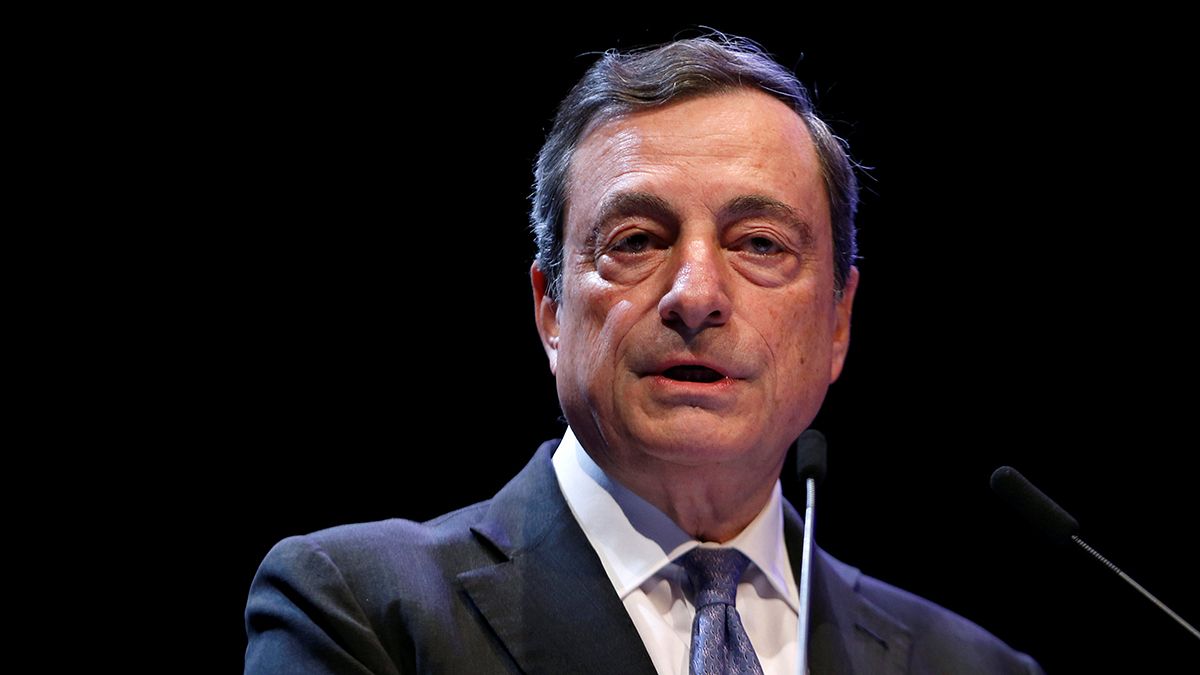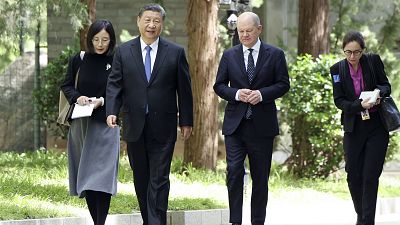The European Central Bank's Mario Draghi argues again reform is needed as well as low interest rates and money printing to get the eurozone's economy growing again.
European Central Bank head Mario Draghi continues to plug away at the argument that low interest rates and money printing can only do so much to get the eurozone’s economy growing again.
Draghi is blaming many of the region’s politicians for a lack of reforms to encourage business expansion and reach its full economic potential.
Speaking at the Brussels Economic Forum, he warned of the risk of permanent economic damage: “There are many understandable political reasons to delay structural reform, but there are few good economic ones. The cost of delay is simply too high.”
Speech Mario Draghi: On the importance of policy alignment to fulfil our economic potential https://t.co/HNoAXoZJl2
— ECB (@ecb) June 9, 2016
However, he did praise some governments saying: “Reforms implemented by Portugal under its adjustment programme are estimated to have reduced the unemployment rate by around 3 percentage points over the 2011-2014 period. Likewise, the Spanish labour market reform in 2012 has been a factor supporting employment growth since then.”
But critics of those reforms point out that much of the jobless rate reduction in Portugal and Spain is due to people moving abroad to find work. As many as five million Portuguese are estimated to be living outside their country, where the population is just over 10 million.
Youth unemployment particularly remains extremely high in the Iberian Peninsula.
In Portugal unemployment among the young was 29.9 percent in April according to Eurostat and the overall jobless rate was 12 percent of the workforce.
Spain’s unemployment rate was 21 percent in the first quarter of 2016. Among young people it was 45 percent, down from last year’s 49.7 percent average.



